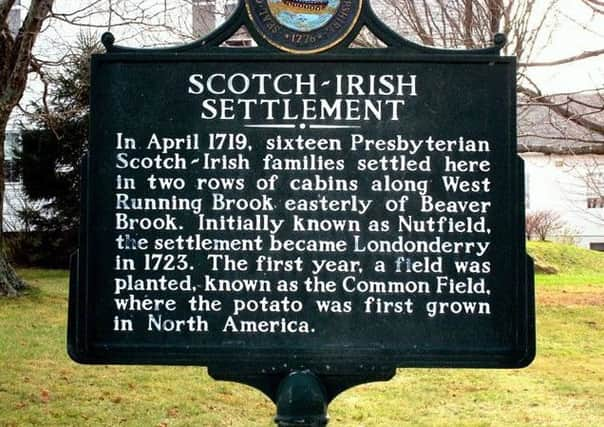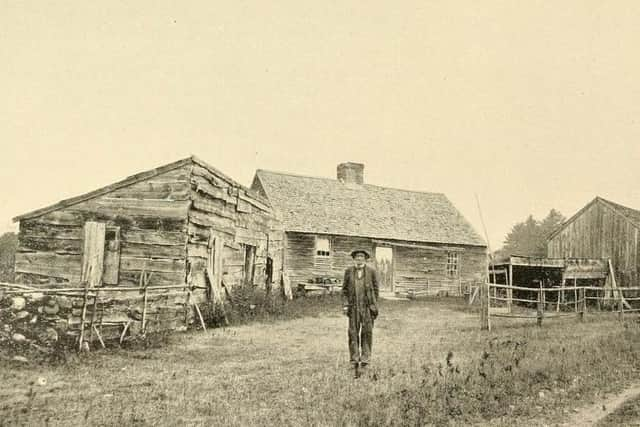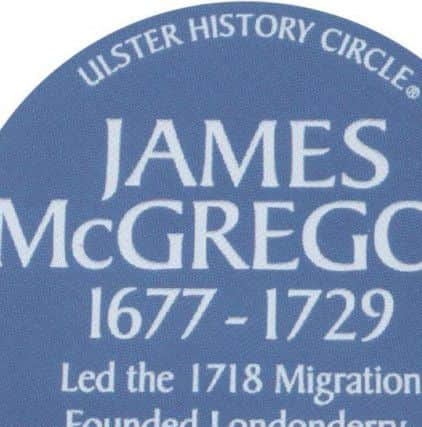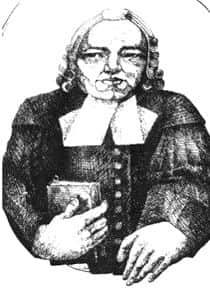History brewed in Scotland, bottled in Ulster and uncorked in North America


When he was a 12-year-old lad James took part in the siege of Derry in 1689 and he’s said to have fired a cannon from the top of St Columb’s Cathedral.
His Aghadowey migrant-flock was joined by many others from the north of Ireland, especially from the Bann valley and Ballymoney areas.
Advertisement
Hide AdAdvertisement
Hide AdBad harvests, cattle disease, higher rents and the 1704 Test Act had prompted Presbyterian ministers and many others to petition the Governor of Massachusetts seeking encouragement to emigrate.


The petition was carried to Boston by the Reverend William Boyd, a minister from Macosquin.
It was signed by 319 people, including clergymen from the Bann valley.
Arriving in Boston in August 1718, some of the new settlers followed the Reverend McGregor to Nutfield, New Hampshire later renamed Londonderry; people from Dunboe and Macosquin settled in Maine and others went to Massachusetts and Connecticut, and eventually on to Nova Scotia and Vermont.
Advertisement
Hide AdAdvertisement
Hide AdThe new settlers in America faced harsh challenges including the poor land that they were granted, continuing civil and religious difficulties, fights with other settlers, friction with Native Americans and being far away from families and friends.


Families were migrating to North America before 1718 and continued long after that, but the significance of the 1718 migration is that it was the first properly organised group-migration from Presbyterian-settled areas of Ireland to North America.
A major programme of events, exhibitions, talks and church services is starting shortly across the towns, village and countryside in Northern Ireland where those early migrants came from, to mark the tercentenary of that first historic journey to North America.
A full schedule of events, published by the Causeway Coast and Glens Borough Council, includes an ongoing genealogy and DNA project organised by the Causeway Coast and Glens Family History Society, with local tours, on-street community engagement events, museum, university and church activities, and a host of other tercentenary commemorations highlighting the 1718 Bann Valley Migration.
Advertisement
Hide AdAdvertisement
Hide AdAnd on the other side of the Atlantic, where many of the settlers started their new lives in Maine, an Ulster Diaspora Reunion and Conference is being held, along with highland games, celebrating three centuries of Scots-Irish heritage.


The Bowdoin College Brunswick event in August will use genealogy, music, cultural legacy and legends to “explore the political, legal and cultural impact as a result of the continuous migration from the North of Ireland to Maine”. The Brunswick organisers are inviting “scholars and interested relatives of diaspora to reunite and share stories to rebuild connections for the future”.
Meanwhile at the end of June, on the Ulster University’s Coleraine Campus, there’s a gathering of academic and community writers exploring the connections between here and North America – a “sister conference” of the Brunswick event.
There’ll be more on Roamer’s page about the 1718 commemorations as the important programme gathers momentum.
Advertisement
Hide AdAdvertisement
Hide AdThe Reverend James McGregor’s journey was the initial genesis of a full-scale exodus across the Atlantic.


Indeed, the Encyclopaedia of the Irish in America classifies Reverend McGregor as “the Moses of the Scotch-Irish in America” – where, by the end of the 18th century, a quarter of a million people boasted Scotch-Irish descent, thus the jocular but revealing adage – ‘Brewed in Scotland, bottled in Ulster, uncorked in America’!
The Causeway Coast and Glens Family History Society’s
Townland Database is freely accessible at http://causewayfhs.org.uk linking surnames to townlands in the Bann Valley during the period 1660-1740.
This online resource is available to help the descendants of migrants identify possible locations for their family in Ulster. Members of the public are invited to submit details from their own research for possible inclusion in the database.
Advertisement
Hide AdAdvertisement
Hide AdFunded by the Causeway Coast and Glens Borough Council, in association with the Ulster Historical Foundation, a conference early next month in Garvagh bears a title that vividly summarises the first exodus from Aghadowey – ‘Penal Laws, Poverty and Migration – The Story of 1718’.
On 4th August 1718 the Reverend McGregor and his Bann Valley Presbyterians arrived in Boston harbour on Archibald Hunter’s ship, the William, from Coleraine, and James Ferguson’s vessel, the Robert, from Belfast.


A few weeks later, on 1 September, another large group of settlers arrived having sailed on the McCollum from Londonderry, under the leadership of Reverend James Woodside of Dunboe.
The other two ships taking part were the Mary and Elizabeth and the William and Mary, the latter soon to make a second journey from the Bann packed with migrants.
Advertisement
Hide AdAdvertisement
Hide AdWhile the majority of travellers were Presbyterian, some evidence suggests they were not all of that faith.
It is also clear that the party did not just come from Aghadowey, Macosquin and Dunboe – a large number of emigrants came from the wider area including Ballymoney and Limavady.
The group took seed potatoes with them, reputedly the first grown on the other side of the Atlantic.
The migration was undoubtedly an historic event equivalent to the epic Mayflower voyage but it remains largely unknown on both sides of the Atlantic.
Advertisement
Hide AdAdvertisement
Hide AdGarvagh’s entrance-free conference on 12th May, hosted by the museum, is in the Garvagh and District Development Association (GADDA) Community Building.
Further details are on the Garvagh Museum Facebook page.